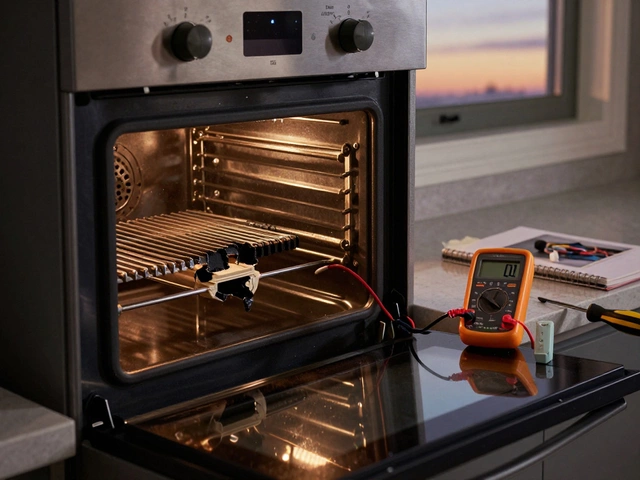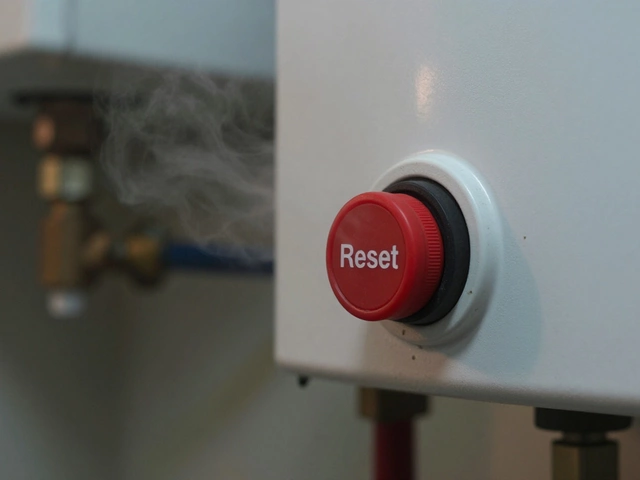Extractor Fan Troubleshooting: Practical Advice for Every Home
When dealing with Extractor fan, a mechanical device that pulls stale air, moisture, and odors out of a room and expels them outside. Also known as exhaust fan, it helps keep kitchens and bathrooms fresh by moving unwanted air beyond the building envelope, the first step is to understand what can go wrong. Most issues fall into three buckets: airflow blockage, motor failure, and improper installation. Identifying the bucket quickly saves time and avoids unnecessary calls to a professional.
Proper ventilation, the process of exchanging indoor air with outdoor air depends on the fan’s CFM rating matching the room size. If the fan is undersized, you’ll notice lingering steam after cooking or a persistent bathroom smell. Over‑sized units can be noisy and waste electricity. Measuring airflow with a simple anemometer or even a piece of tissue can confirm whether the fan moves enough air. If the CFM is wrong, swapping the fan for the correct size resolves most performance complaints.
Who Should Fix It and When to Call a Pro
Many homeowners can tackle basic fixes, like cleaning the grill, checking the power supply, or tightening loose wiring. However, once the motor sputters, emits a humming sound, or the fan fails to start altogether, it’s time to involve a electrician, a tradesperson licensed to work on household electrical circuits or a ventilation specialist. These professionals have the tools to test voltage, replace motor bearings, and ensure the fan complies with UK building regulations. Remember, the law requires safe electrical work, especially in damp areas, so DIY electrical repairs can be risky.
Beyond the technical side, there are legal and health reasons to keep your extractor fan in good shape. UK building codes mandate effective kitchen and bathroom ventilation to prevent mold growth and reduce carbon monoxide buildup. A malfunctioning fan can compromise indoor air quality, leading to headaches, allergies, or more serious respiratory issues. Regular maintenance—cleaning the filter, removing grease buildup, and checking for rattles—keeps the fan efficient and extends its lifespan, often saving a full replacement cost.
In the articles that follow you’ll find detailed guides on picking the right fan size, the laws governing kitchen exhaust, DIY cleaning steps, and how to tell whether a professional repair is worth it. Whether you’re fixing a noisy motor, dealing with low airflow, or just want to understand the best maintenance routine, this collection gives you the hands‑on knowledge you need to keep your home breathing easy.
Struggling with a noisy or non-working extractor fan? Here’s how to diagnose, repair, and maintain your extractor fan like a pro—no technical jargon required.


